Ansible is a powerful opensource config management and deployment tool, which can manage nearly any situtation. In many “DevOp” scenarios we come across multiple platforms, which we need to combine. Mostly applications provide an REST Api or web connectors to manage resources, jobs and deployments within the product.
Ansible provides various modules which can execute commands at specific APIs, such as the vmware-guest-module to create virtual machines or the jenkins-job-module to manage jobs over the Jenkins API.
In cases where no module is available, we can use the module “uri”.
The module takes several parameters, of which the “url” is the only required one. For this example I picked an example online API “http://dummy.restapiexample.com/”.
To get a list of all employees we use the method GET on , the header Accept: application/json and register the content.
- name: Make requests to example api
hosts: localhost
connection: local
tasks:
- name: list employees
uri:
method: GET
url: "http://dummy.restapiexample.com/api/v1/employees"
return_content: yes
headers:
Accept: application/json
register: response
- debug:
msg: "{{ response.content }}"
# Result
TASK [list employees] *************************************************************************
ok: [localhost]
TASK [debug] **********************************************************************************
ok: [localhost] => {
"msg": [
{
"employee_age": "23",
"employee_name": "test",
"employee_salary": "46000",
"id": "12008",
"profile_image": ""
}
]
}
Now we create a new user in our application, for this we talk to a different url and send a body with our user to create.
When the api accepts JSON I use a little trick to generate a valid json body out of yaml variables with the Ansible filter to_json
For this we create a variable with the same key value structure as the API expects it, in this case the structure looks like this {“name”:”test”,”salary”:”123″,”age”:”23″}.
- name: Make requests to example api
hosts: localhost
connection: local
vars:
data:
chris:
name: chris
salary: 46000
age: 27
jessy:
name: jessy
salary: 70000
age: 30
tasks:
- name: create employee
uri:
method: POST
url: "http://dummy.restapiexample.com/api/v1/create"
return_content: yes
headers:
Accept: application/json
body_format: json
body: "{{ item.value | to_json }}" //Render valid json from each dictionary in the variable data.
with_dict: "{{ data }}"
register: post_content
- debug:
msg: "{{ item.content }}"
with_items: "{{ post_content.results }}"
# Result
ansible-playbook create_user.yaml
PLAY [Make requests to example api] ********************************************************************
TASK [Gathering Facts] *********************************************************************************
ok: [localhost]
TASK [create employee] *********************************************************************************
ok: [localhost] => (item={'value': {u'salary': 46000, u'age': 27, u'name': u'chris'}, 'key': u'chris'})
ok: [localhost] => (item={'value': {u'salary': 70000, u'age': 30, u'name': u'jessy'}, 'key': u'jessy'})
With this information given, you can now explore your own favorite API and hopefully reduce your daily tasks as simple Ansible playbooks.
Check out our Blog for more awesome posts and if you need help with Ansible send us a message!

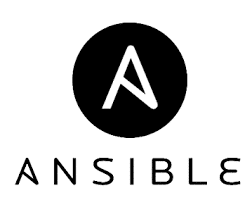
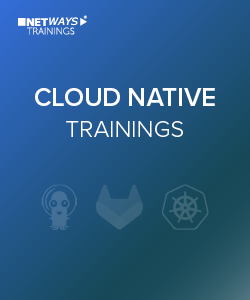
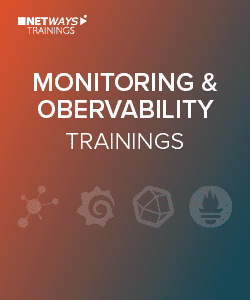
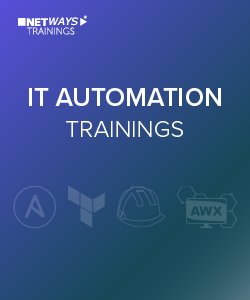
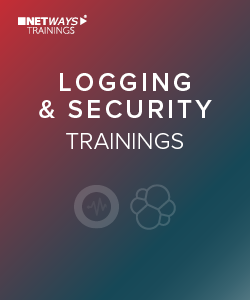
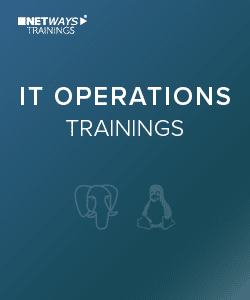
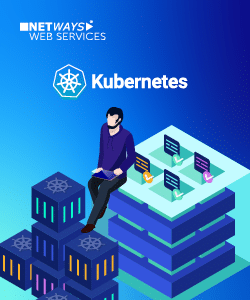
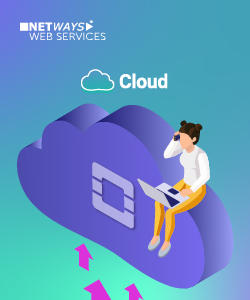
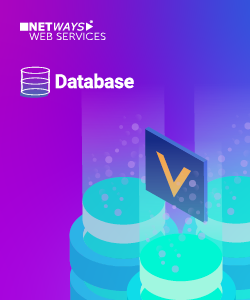
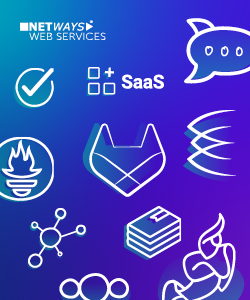
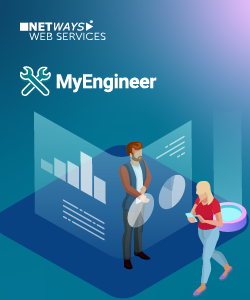







0 Comments